>>
>>
After more than 6 years of planting and 3 years of harvesting, Mr. Giang A Giong in Pin Pe village, Cat Thinh commune has determined that growing medicinal plants under the forest canopy is a sustainable livelihood. More than 6 years ago, after a tour of economic models organized by the locality, Mr. Giong decided to choose cardamom to develop his family's economy.
He shared: "My family has 1 hectare of cinnamon land and the remaining 5,000 square meters of land is usually used to grow corn and vegetables. Cinnamon is harvested every year, so the family does not have a regular income. When we need to spend, we sell pigs and chickens. So when I saw people growing cardamom under the cinnamon canopy, taking advantage of the sloping land and bare land under the tree canopy, I really liked it. I learned how to grow and care for it, learned about the varieties and purchasing units, and then went home and started working right away."
Since then, Mr. Giong has planted cardamom in any vacant area with shade and loose soil. He also regularly weeds, fertilizes with organic fertilizers, and trims old, diseased branches, and adds water during the dry season to ensure healthy growth. Thanks to that, Mr. Giong's forest land area is only over 1.5 hectares, but he has 1 hectare of cinnamon and 1 hectare of cardamom. Last year, he harvested more than 400 kg of cardamom fruit at a selling price of 85,000 VND/kg, earning 35 million VND, helping his family cover living expenses and purchase amenities for life. It is expected that this year's cardamom harvest will increase to about 500 kg of fruit.
Not only Mr. Giong but many highland households also have stable income from growing medicinal plants.
Ms. Ly Thi Phenh in Ta Cho village, Cao Pha commune, Mu Cang Chai district shared: "In 2008, I started growing cardamom after seeing many households bringing in good income. Thanks to suitable climate and soil conditions, the tree grows well, especially in areas planted under forest canopy or areas along streams with high humidity. Taking care of this type of tree is also quite simple, just need to clear weeds around the base and let the tree grow naturally, without needing to fertilize or spray pesticides. Around the end of July every year, the fruit harvest begins, the harvest period lasts until the end of October. Up to now, I have more than 2 hectares of cardamom under the forest canopy, each year harvesting 800 - 900 kg of dried fruit with an average selling price of 130 - 150 thousand VND/kg, earning more than 100 million VND. Thanks to that, my family has escaped poverty and is increasingly living a better life."
Growing medicinal plants is also considered a sustainable livelihood when there is an increasingly close connection between farmers, businesses, the State and scientists . The province has issued a policy to support the development of medicinal plants with a one-time support of 70% of the cost of purchasing seedlings and fertilizers for new planting areas. Cooperative models and cooperative groups have been formed, helping people access science and technology and high-quality plant varieties.
Cooperatives and medicinal enterprises have also proactively sought out growing areas, signed contracts to purchase products, provided technical support and initial investment for people. In the province, there are currently about 20 establishments producing, processing, and trading medicinal products with about 25 products meeting OCOP standards, such as: The Gia Food and Oriental Medicine Production Joint Stock Company, Yen Bai Pharmaceutical Joint Stock Company...
This not only helps people feel secure in production but also ensures the quality and origin of medicinal herbs, meeting increasingly high market standards. In addition, the strong development of deeply processed products from medicinal herbs such as tea, extract, pills, essential oils... also contributes to the consumption of medicinal products for people.
Suitable for the soil, climate, and cultivation level, and the province is orienting to expand the area and types according to goods, forming production, preservation, and processing chains, medicinal plants have become a sustainable livelihood for the people. Thanks to that, up to now, Yen Bai province has developed over 4,000 hectares of medicinal plants, with an output of 11,000 tons, of which about 98 hectares of naturally exploited medicinal plants have an output of 130 tons; medicinal plants are cultivated on 3,960 hectares, with an estimated output of 10,870 tons.
Hoai Anh
Source: https://baoyenbai.com.vn/12/351452/Phat-trien-cay-duoc-lieu-tao-sinh-ke-ben-vung.aspx







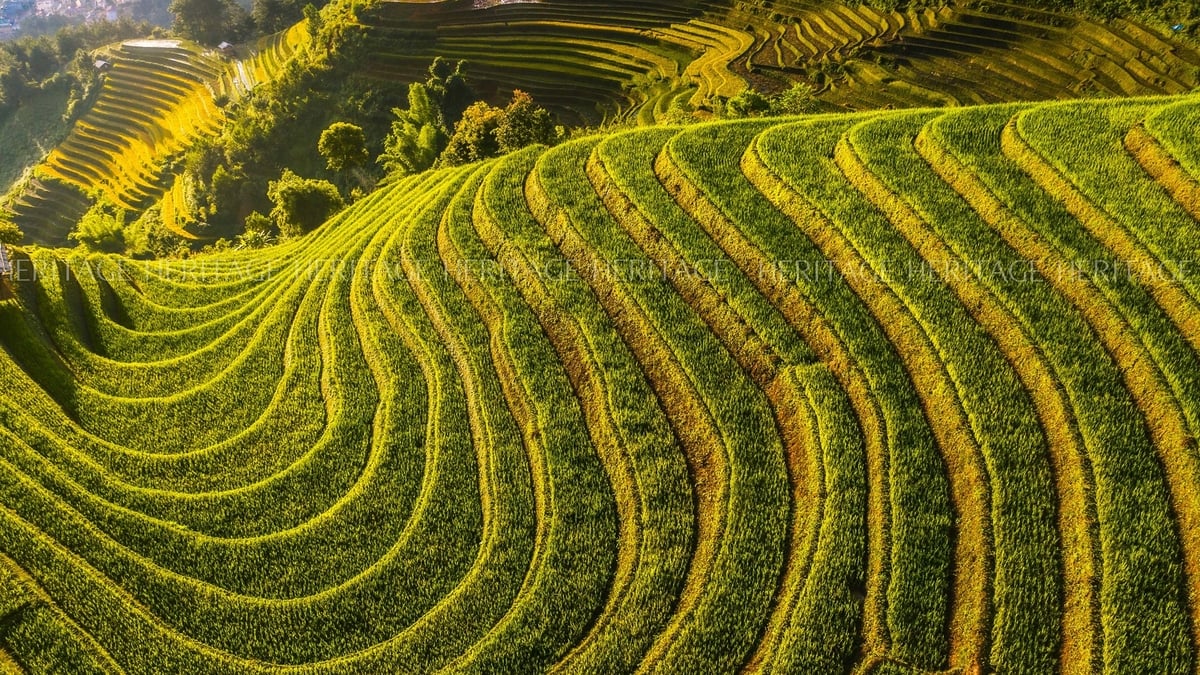
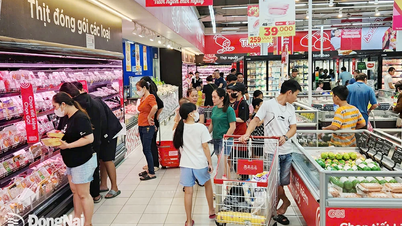

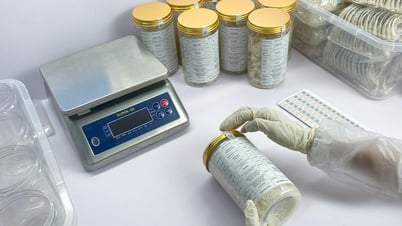

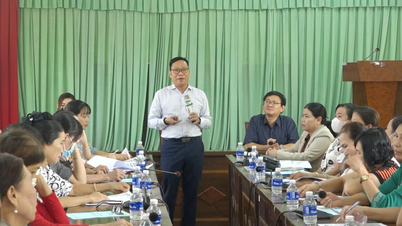




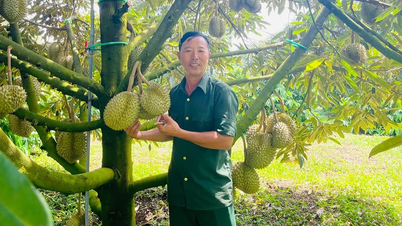







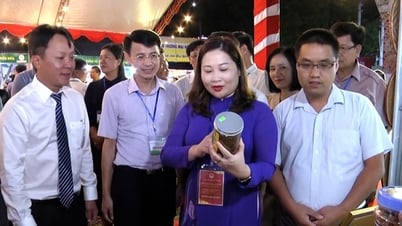

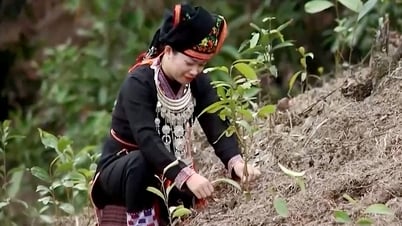

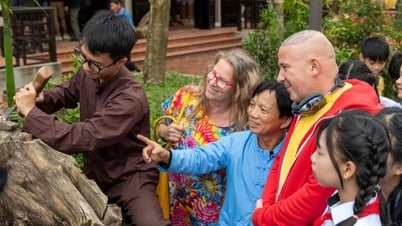







































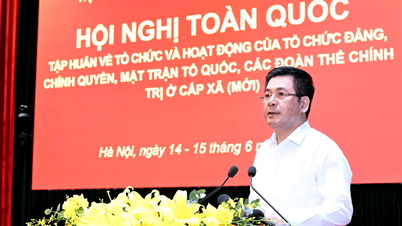






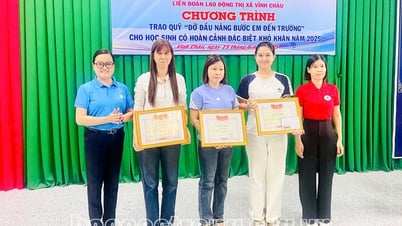
















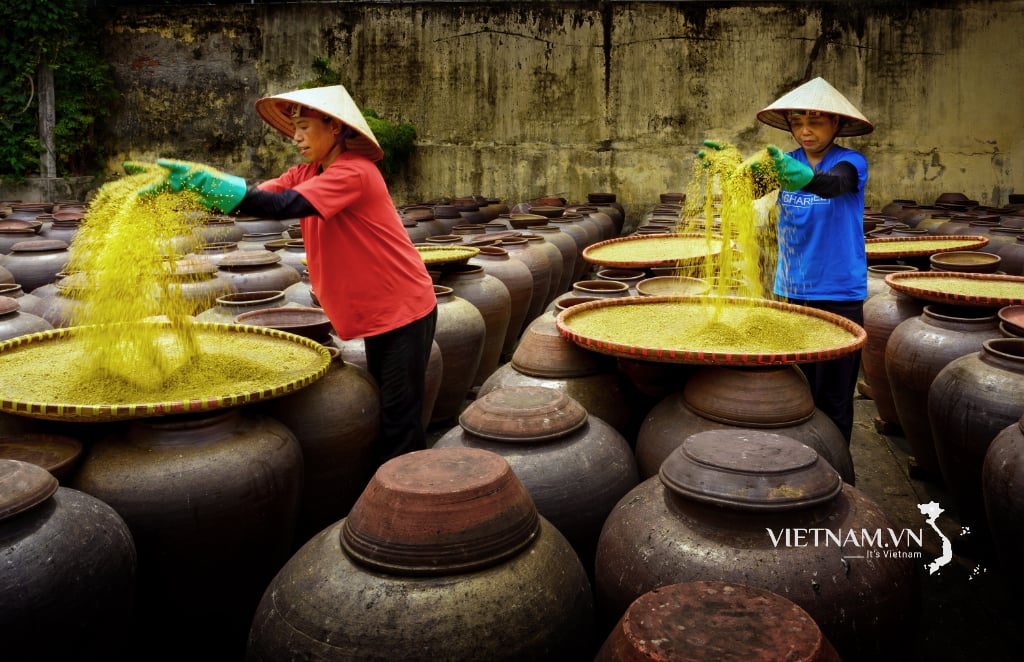



Comment (0)